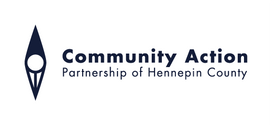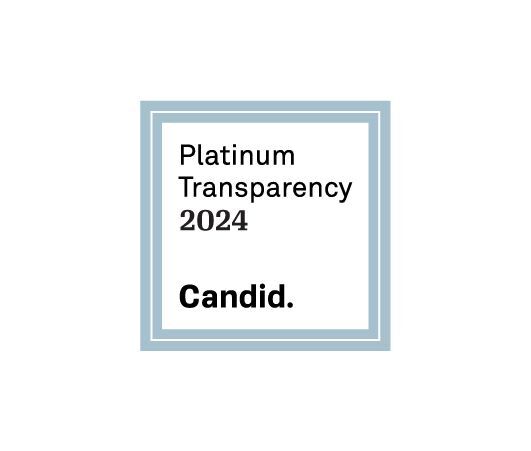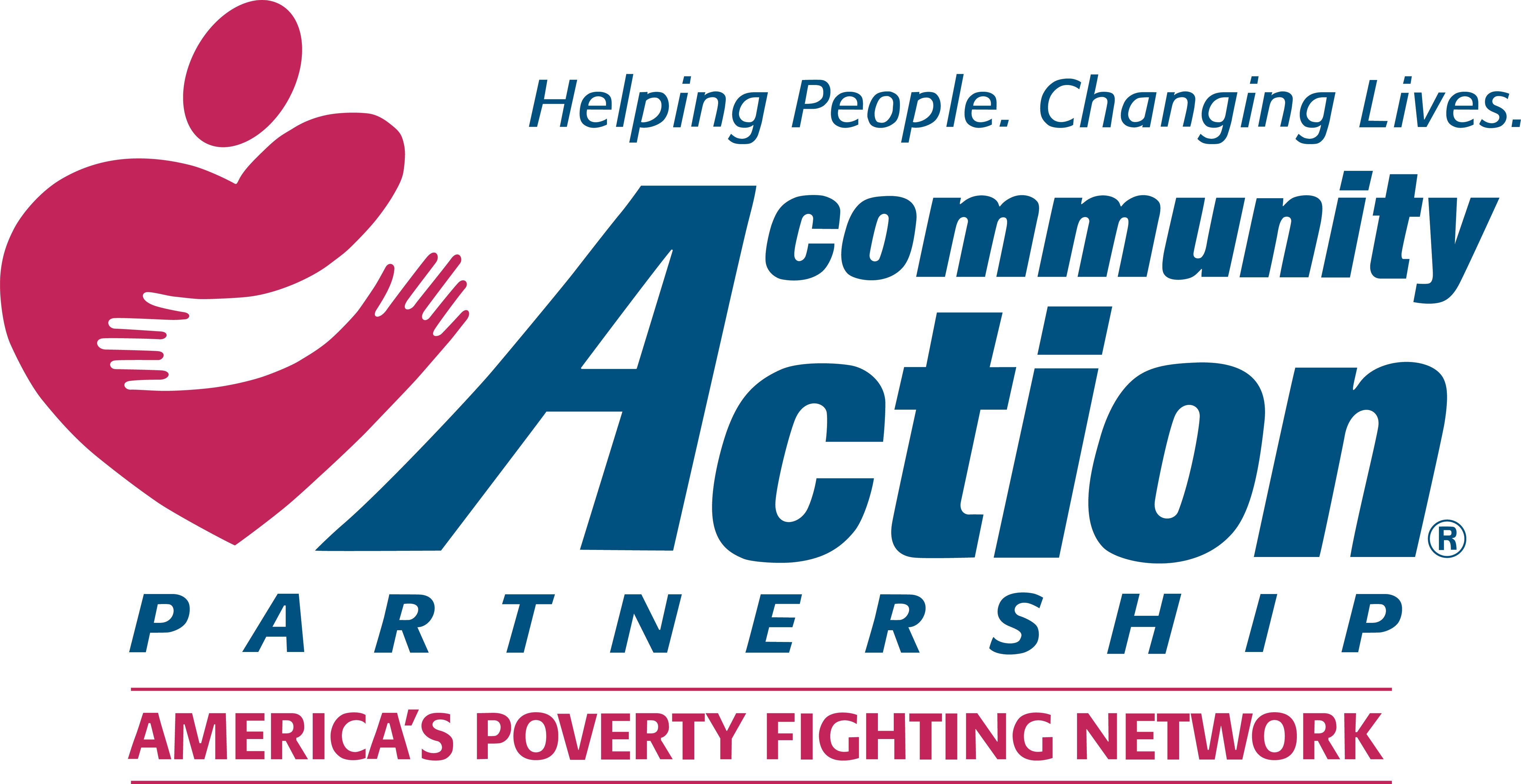
Inequities in education start when children are young. Schools in low-income areas often have less local and state funding available, creating gaps in opportunity and resources in the area. Minnesota has made several attempts to reform and equalize funding and class size, but gaps in education outcomes persist. A 2019 report published by the Federal Reserve Bank of Minneapolis noted that while aggregate data shows Minnesota schools ranking well on standardized tests, graduation rates, and college readiness; data for these same measures by race, ethnicity, and socioeconomic status reveals some of the largest achievement gaps in the nation.
The report also noted that while graduation rates in Minnesota have increased over time, college readiness indicators have declined, demonstrating that Minnesota is graduating an increasing proportion of students who are unprepared for college. In 2020, White students were the most common racial group awarded degrees at postsecondary institutions in Hennepin County, with 25,525 degrees total. There were nearly 3 times more degrees awarded to White students than the next closest race/ethnicity group, Black or African American, with 8,764 degrees awarded.

These disparities matter long term for a number of reasons. For example, college-educated White and Asian (excluding Hmong) Minnesotans tend to earn more than their college-educated Black, Hmong, Latino, and Native American peers. Additionally, college graduates are less likely to be unemployed, tend to be healthier, and have lower mortality rates than non-college graduates.
Education is one of the strongest predictors of economic status and wealth. Average median income within a racial group increases as level of education increases. Those with more education often have higher-wage jobs (e.g. doctors, lawyers, etc.). Higher-wage jobs mean it is easier to meet basic needs while also saving for the future and building assets for generational wealth. Many CAP-HC clients describe the chronic stress of having to choose between paying bills, buying healthy food, and getting adequate healthcare.
“We were just worried about making sure we could provide for our kids.
Everything costs more and is inflated ... It's been stressful trying to keep afloat.”
—Energy Assistance Client
This pattern repeats itself, continuing the cycle of poverty from generation to generation.

With racial disparities that persist across each tier of educational attainment, it’s easy to see how the opportunities for wealth building become more limited as Black, Hmong, Latino, and Indigenous people move through Minnesota’s education system. CAP-HC’s Employment Readiness Program provides tools and skills building to help people with lower incomes attain living-wage jobs and remove employment barriers. The program includes resume support, interview readiness training, finding job leads, maintaining employment, and more.
Learn more about CAP-HC’s Employment Readiness Program at: caphennepin.org/employment
Sources: A Statewide Crisis: Minnesota’s Education Achievement Gap, “Minnesota’s education system shows persistent opportunity gaps by race,” Federal Reserve Bank of Minneapolis; Integrated Postsecondary Education Data System (IPEDS) Completions, Hennepin County, Data USA.








